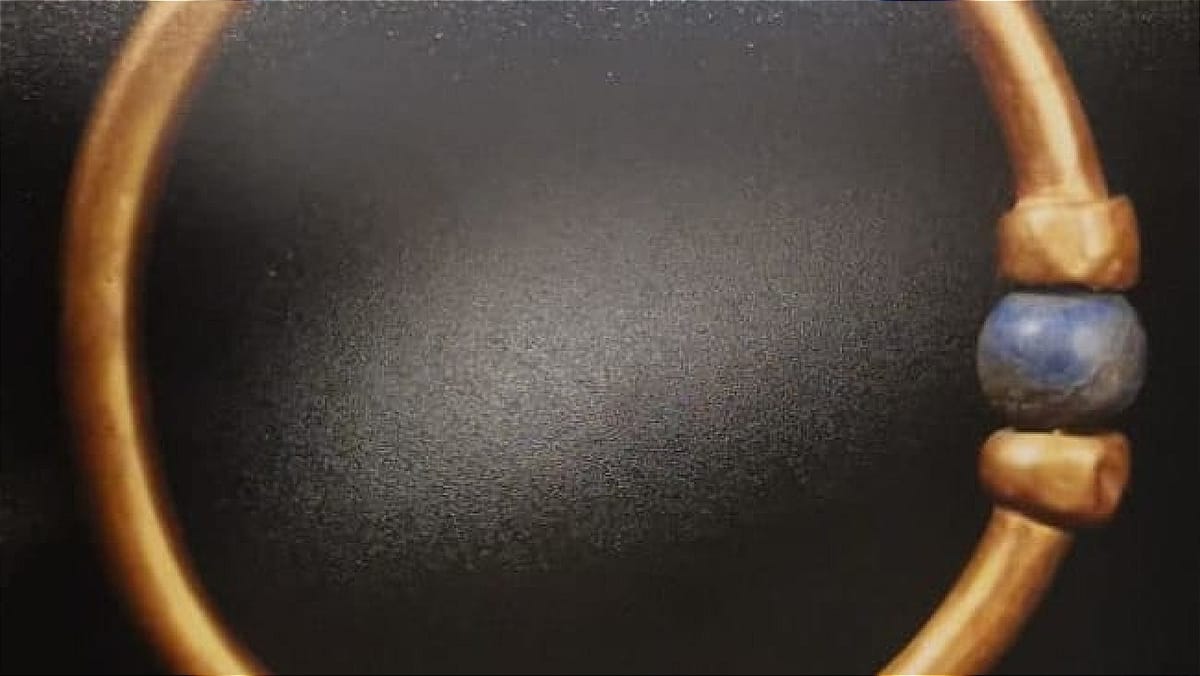
The United States has returned 36 artifacts to Egypt as the country leverages the high-profile opening of the Grand Egyptian Museum to press global demands for the return of its cultural heritage.
The Egyptian Ministry of Tourism and Antiquities announced the return of the artifacts from the United States on November 6, just five days after the public debut of the sprawling Grand Egyptian Museum, a billion-dollar flagship project seen as redefining how Egypt presents and protects its ancient heritage.
Egyptian officials touted the return of the looted artifacts as a reflection of the country’s “commitment to protecting its heritage and preserving its cultural identity,” stating it came after “tireless efforts” from various agencies across the Egyptian government.
Shaaban Abdel Gawad, Egypt’s director-general for recovered antiquities, said that the recovered pieces came from three main groups.
The first group included 11 artifacts were handed over by the office of New York State Attorney General Letitia James after an investigation by Manhattan District Attorney Alvin Bragg.
Bragg announced in May that those objects were recovered by his office’s antiquities tracking unit during multiple criminal investigations, including one into previously convicted London-based trafficker Robin Symes, who died in 2023. In his announcement, Bragg said that the items were being returned “to where they rightfully belong.”
That batch of 11 items included what Bragg’s office described as a vessel in the form of the Ancient Egyptian god Bes dating to 650–550 BCE and a mummy mask of a young man from Ancient Rome’s occupation of Egypt between 100-300 CE.
The Bes vessel first appeared in a photo in Symes’ possession. In that photo, it was covered in dirt and lime encrustation, which Bragg called “tell-tale signs of recent looting.” Symes allegedly used the photo to advertise the vessel to prospective buyers and eventually sold it to a U.S. museum, from where it was recovered, in the early 1990s.
The mummy mask surfaced on the art market in 1977 in the possession of the NYC-based dealer Mathias Komor, who said in a letter to a private collector that it had been recently found near the protected archaeological pyramid complex of Abusir. It later passed from the collector to another U.S. museum, where it was recovered.
 Urgent MatterAdam Schrader
Urgent MatterAdam Schrader
As for the second grouping of artifacts, the items were handed over by the Metropolitan Museum of Art to the Egyptian Consulate in New York “as an initiative of the museum,” according to Egyptian authorities. They are said to include 24 rare manuscripts with writings in Coptic and Syriac, but the museum has seemingly not given any public statements on the return of the artifacts.
The third grouping included a colored plaster panel from the 18th Dynasty, which was confiscated by James’ office after it was proven that it had been taken out of Egypt illegally.
The artifacts will now be delivered to the Egyptian Museum in Tahrir Square in downtown Cairo, in preparation for their restoration and display in the museum.
The GEM, adjacent to the pyramids of Giza, and the much smaller Egyptian Museum, which opened in 1902, are two different museums. The Egyptian Museum is currently being reimagined as a museum of the history of Egyptology and excavation practices.
 Urgent MatterAdam Schrader
Urgent MatterAdam Schrader
Meanwhile, The Netherlands announced the day after the Grand Egyptian Museum’s opening it will return a 3,500-year-old stone head of a high-ranking official during the rule of pharaoh Thutmose III to Egypt.
“The statue was stolen and illegally exported from Egypt, after which it entered international trade and was ultimately intercepted at the TEFAF exhibition in Maastricht,” Dutch officials said.
“The Netherlands actively combats the trade in stolen cultural goods. The Government Information and Heritage Inspectorate is expected to hand the head over to the Egyptian ambassador to the Netherlands at the end of this year.”
After the opening of the GEM earlier this month, Egyptologists have pushed for the return of three significant Ancient Egyptian artifacts: the Rosetta Stone held in the British Museum, a bust of Nefertiti held in Berlin’s Neues Museum and the Dendera Zodiac in the Louvre Museum, where thieves recently stole Napoleonic jewels.
At the recent G20 Culture Ministerial in South Africa, leaders urged governments to treat the return of looted heritage and investment in the arts as core national priorities.
Sign up for Urgent Matter
Breaking news, investigations and feature articles touching the art world written by Urgent Matter journalists.
No spam. Unsubscribe anytime.
